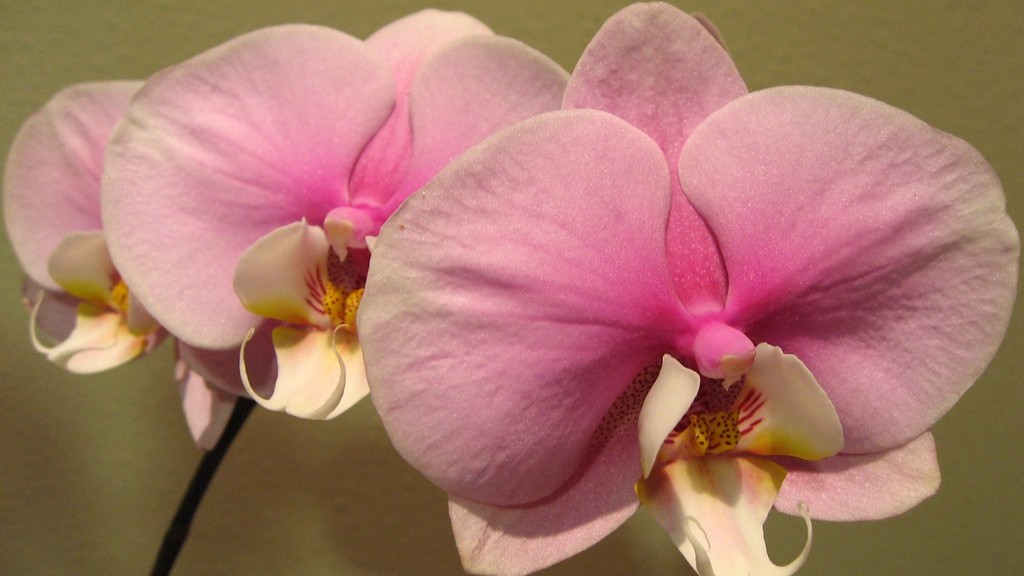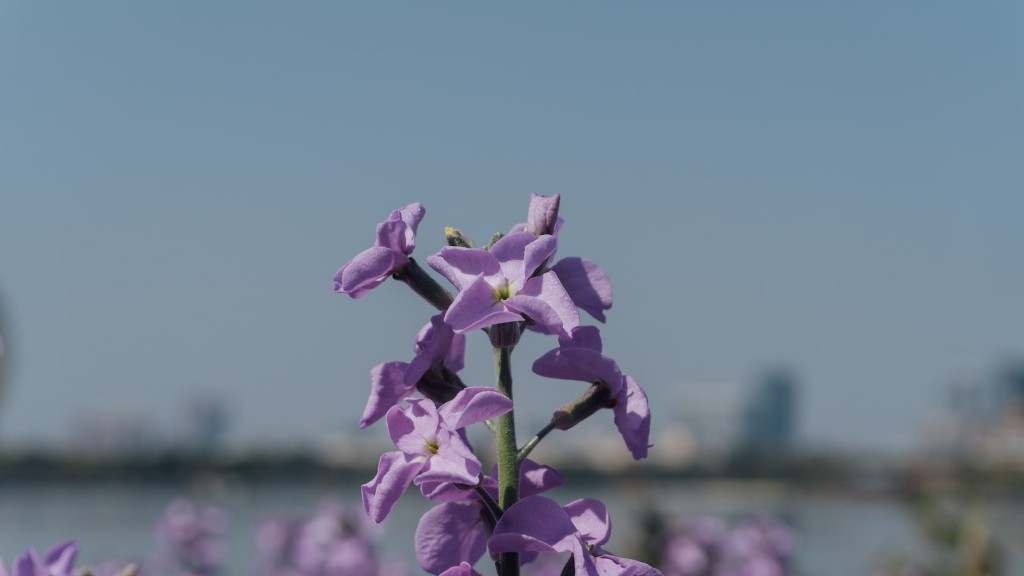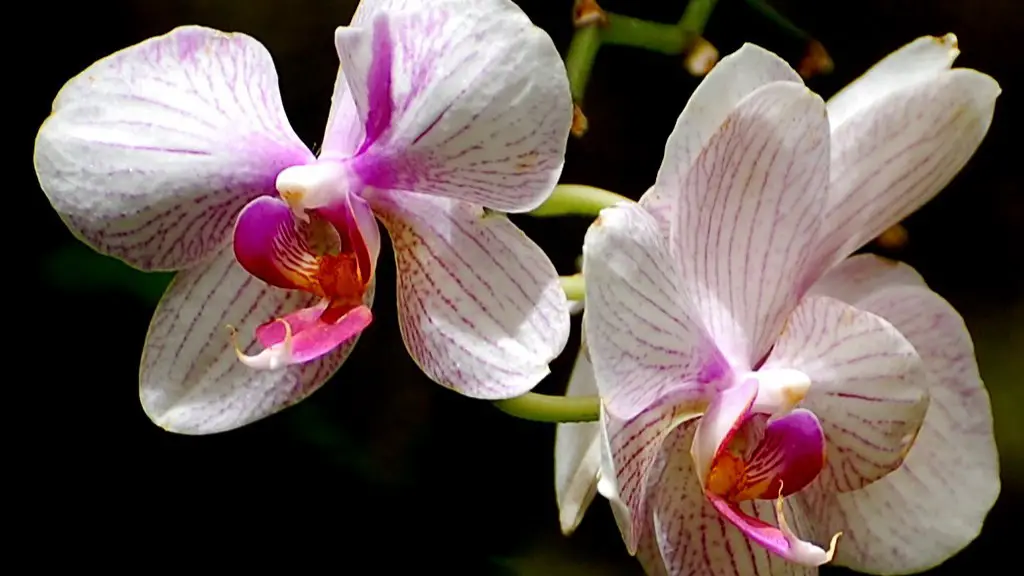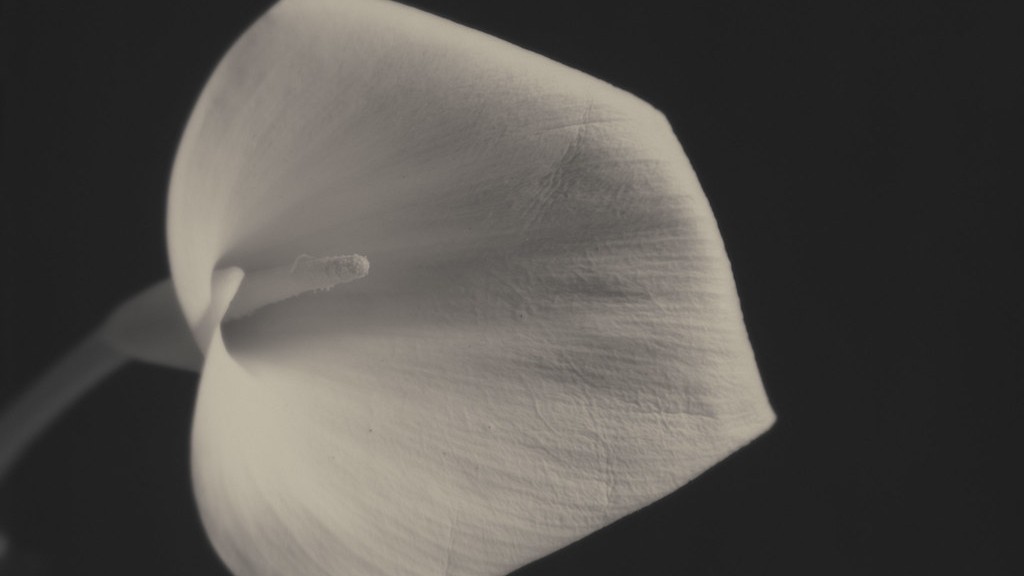Phalaenopsis orchids are one of the most popular types of Orchids. These beautiful flowers can last anywhere from two to three weeks. There are however, a few things you can do to make sure your Phalaenopsis Orchid lasts as long as possible.
Phalaenopsis orchid plants can last for years if they are properly cared for.
What is the lifespan of an orchid plant?
Orchids are one of the longest-living flowers in the world, with some species reported to live up to 100 years in the wild. In a traditional home or greenhouse environment, most orchids typically have a life span of 20-25 years. Orchids are known for their beautiful blooms and elegant form, and they make a stunning addition to any home or garden. With proper care, your orchid can bloom for many years to come.
Orchids are beautiful flowers that can brighten up any room. They are also relatively easy to care for, as long as you provide them with the right growing conditions and stick to a consistent care routine. With proper care, your orchid can bloom annually and last for 10-15 years.
What is the life cycle of Phalaenopsis orchid
A phalaenopsis orchid has a life cycle that is similar to that of an ordinary flower. It consists of six stages: seed production, germination, seed formation, seed maturation, flowering, and reproduction. If it is properly taken care of, a phalaenopsis orchid can last for many years, or even decades.
If you want your orchid to rebloom, make sure it gets plenty of light. Place it in an area that receives bright, indirect sunlight. The more light your orchid receives, the longer its blooms will last and the greater its chances of reblooming.
What to do with an orchid after the blooms fall off?
If you want to keep your orchid looking its best, it’s important to remove the flower spike after the flowers have dropped. You have three choices: leave the flower spike (or stem) intact, cut it back to a node, or remove it entirely. Removing the flower spike entirely is the best option if the existing stem starts to turn brown or yellow.
There are several telltale differences between a dead orchid and a healthy, resting one. One is the crown: if the crown–the part of the plant that connects the leaves and the roots–is brown and mushy, the orchid is likely dead. However, a healthy, resting orchid has roots that are green or white and plump or firm to the touch. Another difference is the leaves: a dead orchid’s leaves will be wilted and yellow, while healthy leaves are firm and green. Finally, a dead orchid will not have any new growth, while a healthy one will have new leaves and roots.
Why has my orchid not bloomed in 2 years?
If your orchid’s leaves are green, that means it’s getting enough light. If the leaves are yellow, that means it’s getting too much light. And if the leaves are brown, that means it’s not getting enough light.
Orchids can make a great addition to any garden, as they are a beautiful and unique plant that can bloom for many years with the proper care. Orchids will typically bloom once per year, but with the right conditions they can bloom multiple times per year. To encourage multiple blooms, it is best to keep the flowering stem (or pseudobulb) trimmed back to a node after the initial bloom has faded. With proper care, orchids can provide blooms for many years to come!
What to do when phalaenopsis stops blooming
If you want to encourage your plant to produce more flowers, you can cut back the stem to the nearest bud. This will stimulate the plant to produce another flower stem over the next few months.
When you propagate an orchid by cutting the stem, you’re essentially taking a mature plant and making a clone of it. This is a great way to propagate an orchid if you want to keep the same plant going for many years, or if you want to create a new plant that is identical to the one you started with.
To do this, you’ll need to use a sharp knife or scissors to cut the stem of the orchid cleanly. Make sure to make the cut just above a node, which is where the leaves come out of the stem. Once you’ve made your cut, you can place the stem in water or sphagnum moss to help it root.
It’s important to note that you won’t get flowers from a stem that you’ve propagated in this way. However, the plant will continue to grow and produce new leaves. If you want to, you can eventually transplant the rooted stem into a pot of soil and it will continue to grow just like a regular orchid.
What triggers flowering in Phalaenopsis?
Most phalaenopsis species are native to the tropics and do not require a specific daylength (photoperiod) to induce flowering. Instead, it is the onset of cooler temperatures that signals to the plant that it is time to begin the flowering process.
To care for your potted phal, water once a week if it is in bark and when the top feels dry if it is in moss. The amount of light and heat your plant receives will also affect how soon your phal needs watering. Summer months will need more frequent watering, winter will need less.
What time of year do Phalaenopsis orchids bloom
The Phalaenopsis orchid is a popular choice for indoor growers because it is relatively easy to care for and blooms reliably in the late winter through spring. In late June and July, the Phalaenopsis orchids in our collection finally lose their blooms, though some may remain in bloom for awhile longer. The ideal time to repot orchids is when they go out of bloom, and Phalaenopsis is no exception.
The Phalaenopsis orchid, also known as the moth orchid, is one of the most popular and easily available orchids. It is also one of the few that will re-bloom from its old spike.
To encourage re-blooming, keep the plant healthy and well-watered. Cut back on watering slightly in the fall and winter months, and fertilize regularly. In late winter or early spring, give the plant a rest period by stopping fertilization and allowing the potting mix to dry out slightly.
After the rest period, water and fertilize the plant as usual. It should start to produce new growth and blooms within a few months.
Do you water an orchid after the flowers fall off?
Watering your orchid with three ice cubes each week will help it to stay healthy and happy. Make sure to use distilled or purified water to avoid any potential problems.
Orchids are great plants to propagate because they will grow new stems. You can propagate new Phalaenopsis or Vanda orchids from stem cuttings. You can also divide a cattleya’s rhizomes. You can expect a flower spike to grow back after cutting it down when its blooms die.
What does an orchid look like when it needs to be repotted
If your Orchid is growing above the rim of its pot or reaching out into the air, it is time to re-pot the plant. Orchids prefer a small pot, weaving their roots through the compost as they grow. Eventually, they will run out of room and need to be re-potted.
Orchid dehydration can manifest in more subtle ways, too — from small leaves to small bloom stems with just a few flowers, or no bloom stems at all! Careful and consistent watering, plus light fertilizer may be enough to revive your plant.
Final Words
Phalaenopsis orchid plants typically last between two and three years. However, there are many factors that can affect the lifespan of an orchid plant, such as the type of plant, the growing conditions, and the level of care.
It is possible for Phalaenopsis orchid plants to last a long time, sometimes even several years. With proper care, these beautiful plants can continue to bloom and provide enjoyment for a lengthy period of time.





